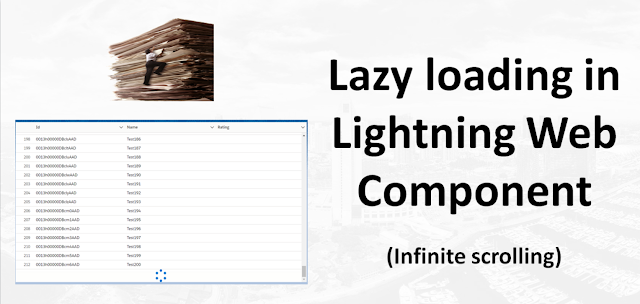We know how to use custom label in lightning web components. What about if you have large list of labels and you want to to use in multiple LWC components? In this post we will talk about best practice to import bulk custom label in LWC and how to create utility class to import same set of label in multiple Lightning web components.
Step 1) Create Utility Class.
Create a Lightning web component that contains only a single Js file. Like below structure
labelUtility
├──labelUtility.js
└──labelUtility.js-meta.xml
├──labelUtility.js
└──labelUtility.js-meta.xml
Lets create one common label Utility component.
labelUtility.js
import header from '@salesforce/label/c.Header';
import title from '@salesforce/label/c.title';
const label = {
header: header,
title: title
};
export {label};
import title from '@salesforce/label/c.title';
const label = {
header: header,
title: title
};
export {label};
- The module should only have a JS file & Metadata file in it, otherwise it will not work.
- Just like with any Lightning web component, the folder name and the filename must be identical
- Imports all the labels and then exposes them bundled together with export.
Step 2) How to use shared label Utility
Create new Lightning web component and import Js file with import statement like below
import { label } from 'c/labelUtility';
Let see the full code.
import { LightningElement,track } from 'lwc';
import { label } from 'c/labelUtility';
export default class CustomLabelDemo extends LightningElement {
@track myLabel=label;
}
import { label } from 'c/labelUtility';
export default class CustomLabelDemo extends LightningElement {
@track myLabel=label;
}
- Import JS file with import
<template>
<lightning-card title={myLabel.title} variant="narrow" icon-name="standard:opportunity">
<p>{myLabel.header}</p>
</lightning-card>
</template>
<lightning-card title={myLabel.title} variant="narrow" icon-name="standard:opportunity">
<p>{myLabel.header}</p>
</lightning-card>
</template>
Please share your feedback and comment if there is any better way to implement or your like this post.


